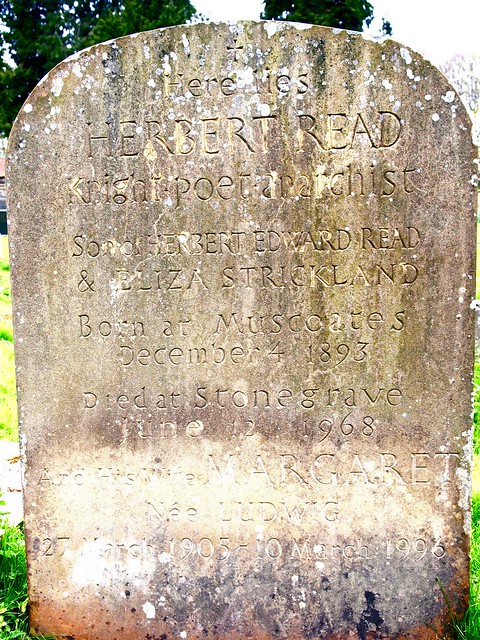This ancient church, in a lovely setting at the foot of a wooded valley, is one of the most delightful in Yorkshire.
Temple Moore was commissioned to undo alterations made to the church in Georgian times. St Gregory's Minster was built in around 1060, just before the Norman Conquest. The main surviving Saxon features are the narrow arch between the tower and the nave and the sundial above the south doorway. The north aisle was added in about 1200.
Moore removed the west gallery and cleared the fine pre-Conquest west doorway, which had been walled in. In line with the chancel arch he built a stone wall separating the north chapel from the north aisle, to replace an earlier lath-and-plaster partition. At the same time he cleared the arch between the chapel and the chancel, which had been blocked up. Finally, he gave the nave, aisles and porch new roofs, and took out the high pews that had been put in at some point in the 18th or early 19th century and replaced them with oak benches.
The Saxon sundial can be found just above the main door. It is remarkably well preserved, having spent centuries covered in a coat of plaster. The plaster was removed in 1771 when the porch was built, thus providing the sundial with another form of protection from the weather. The Old English inscription on the sundial says: “Orm, son of Gamal, bought St Gregorius Minster when it was all broken and fallen, and he has made it new, in the days of Edward the king and Tosti the earl.” It is from the information in the inscription that we know the approximate date the church was built.
St Gregory's was the family church of the poet and art critic Herbert Read, who grew up nearby and had a lifelong love of the area. His grave, with its inscription “Knight, Poet, Anarchist”, is in the churchyard.
Not far from St Gregory's Minster is the famous Kirkdale Cave. Here, in 1821, some quarrymen came upon enormous quantities of animal bones. The find was brought to the attention of William Buckland, Professor of Geology at Oxford, who identified them as the bones of lions, bears, tigers, elephants, bison, deer, reindeer, rhinoceroses, boars, horses, and wolves. Alongside them were the remains of nearly three hundred hyenas. Buckland concluded that the hyenas had used the cave as a den, dragging their prey inside. The discovery caused a huge sensation at the time, since it seemed to cast doubt on the Biblical account of the history of the world.
